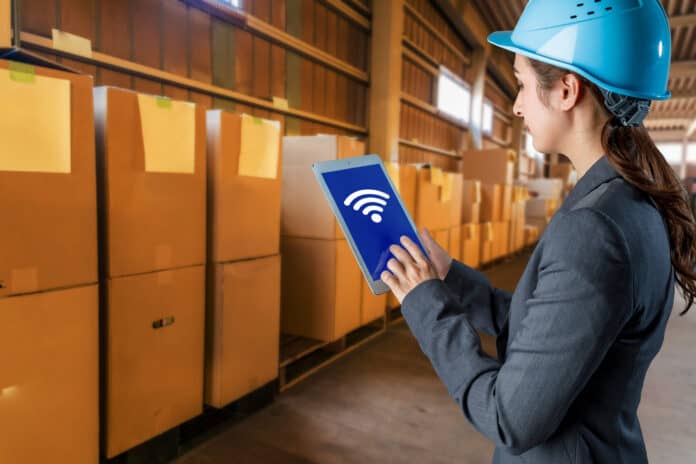In the dynamic landscape of global trade, the Electronic Bill of Lading (eBL) is emerging as a transformative force, revolutionizing traditional paper-based processes.
The eBL, a digital version of the traditional bill of lading, is reshaping the way businesses manage and streamline their shipping documentation. This article explores the key aspects of an eBL, its benefits, challenges, and its potential impact on the future of international trade.
What is a Bill of Lading (BOL)?
The bill of lading is a crucial document in the shipping industry, serving as a receipt of goods, a contract of carriage, and a document of title. Historically, this document has been paper-based, leading to inefficiencies, delays, and a significant environmental footprint. The eBL seeks to address these challenges by digitizing the entire process.
What are the benefits of an eBL?
1. Efficiency and Speed
eBL eliminates the need for physical paperwork, reducing processing times and delays. Real-time accessibility allows stakeholders to track and manage shipments more efficiently.
2. Cost Savings
Reduction in printing, storage, and administrative costs associated with traditional paper-based documentation. Minimization of errors and disputes, leading to lower legal and resolution costs.
3. Environmental Sustainability
Drastically reduces the consumption of paper, contributing to a more sustainable and eco-friendly shipping industry. Lower carbon footprint due to decreased reliance on physical transportation of paper documents.
4. Enhanced Security
Utilization of blockchain technology ensures the integrity and security of the digital documents. Reduced risk of fraud and tampering, providing a more secure platform for trade transactions. Challenges and Adoption Barriers:
5. Legal Recognition
Despite technological advancements, some jurisdictions may not fully recognize eBL, requiring legal frameworks to catch up with technological innovation.
6. Technology Infrastructure
Adoption is contingent on the availability of reliable and secure technology infrastructure, particularly in developing economies.
7. Industry Collaboration
Successful implementation requires collaboration among various stakeholders, including shipping companies, ports, banks, and government agencies.
As technology continues to evolve, adoption of the eBL is expected to grow exponentially.
Industry leaders are working collaboratively to address legal and regulatory challenges and promote a standardized approach to eBL adoption. The transformative potential of eBL goes beyond mere digitization – it represents a fundamental shift toward a more efficient, cost-effective, and sustainable future for international trade.
The Electronic Bill of Lading stands at the forefront of digital transformation within the shipping industry. As businesses and regulatory bodies adapt to the evolving landscape, the benefits of an eBL, from increased efficiency to environmental sustainability, promise to reshape global trade practices. The journey toward widespread adoption may present challenges, but the long-term advantages make the eBL a beacon guiding the industry toward a more connected, streamlined, and sustainable future.




